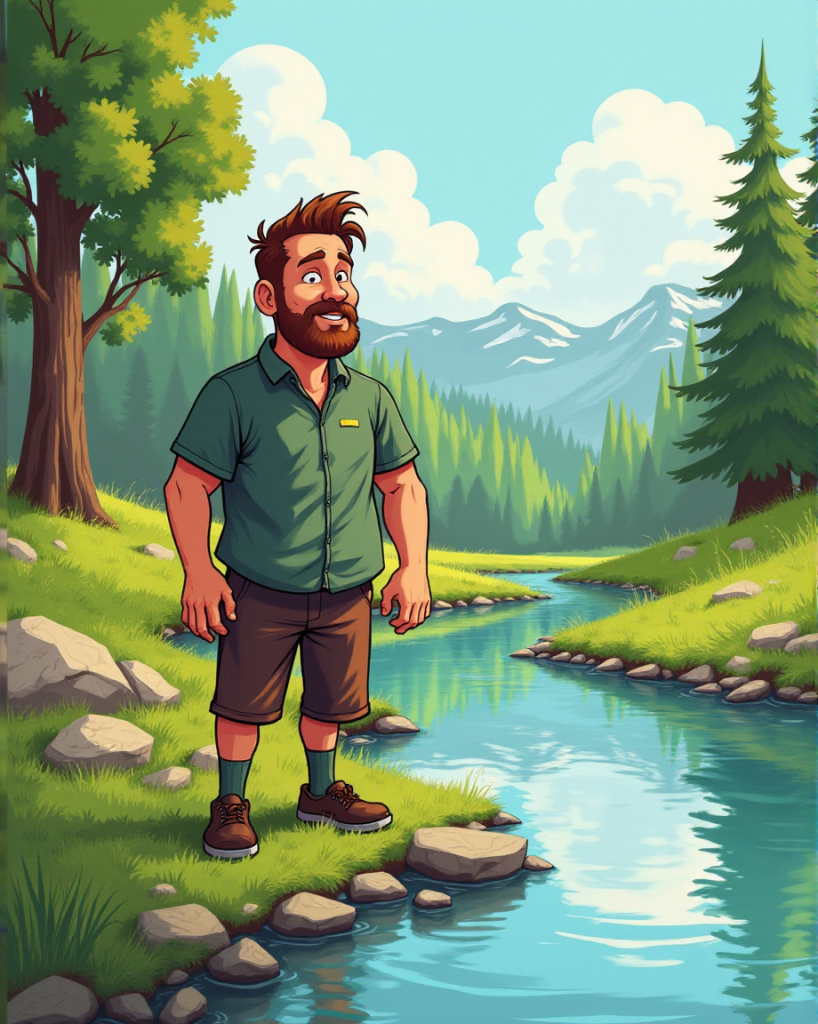This therapeutic story can be used for supporting learning in general, as well as re-learning abilities after a health problem. For example, it can be applied quite beautifully with stroke patients. Obviously, it is also indicated as a story supporting change and developement with anyone who has got a strong biographical link to Africa. Of course, instead of Africa, other continents or regions of the world can be used, in order to adapt the story to individual needs. The reason why I chose the mapping of Africa as the key focus of this story is, that on maps Africa has the shape of a head or scull and thus points to brain functions.
Maps have existed for millennia but there a big differences between modern maps and those from dating from earlier centuries. For example, three hundred years ago, if a publisher printed a map of Africa, it had big white patches on it. ‚Terra incognita’ was marked on it; unknown territory. The coasts were then largely free of such white spots, but the interior of the continent was still a single, large white patch. However, many researchers undertook trips into the heart of Africa and what they learned there, they reported to the cartographers who diligently recorded everything. Land and water routes were discovered. The turns of each river were researched and drawn. The names of the settlements were recorded and the names of the tribes written down. The white patches on the map became smaller and smaller. The parts of the country that were explored and known steadily grew. Finally, the white spots disappeared completely. The whole of Africa was mapped.

